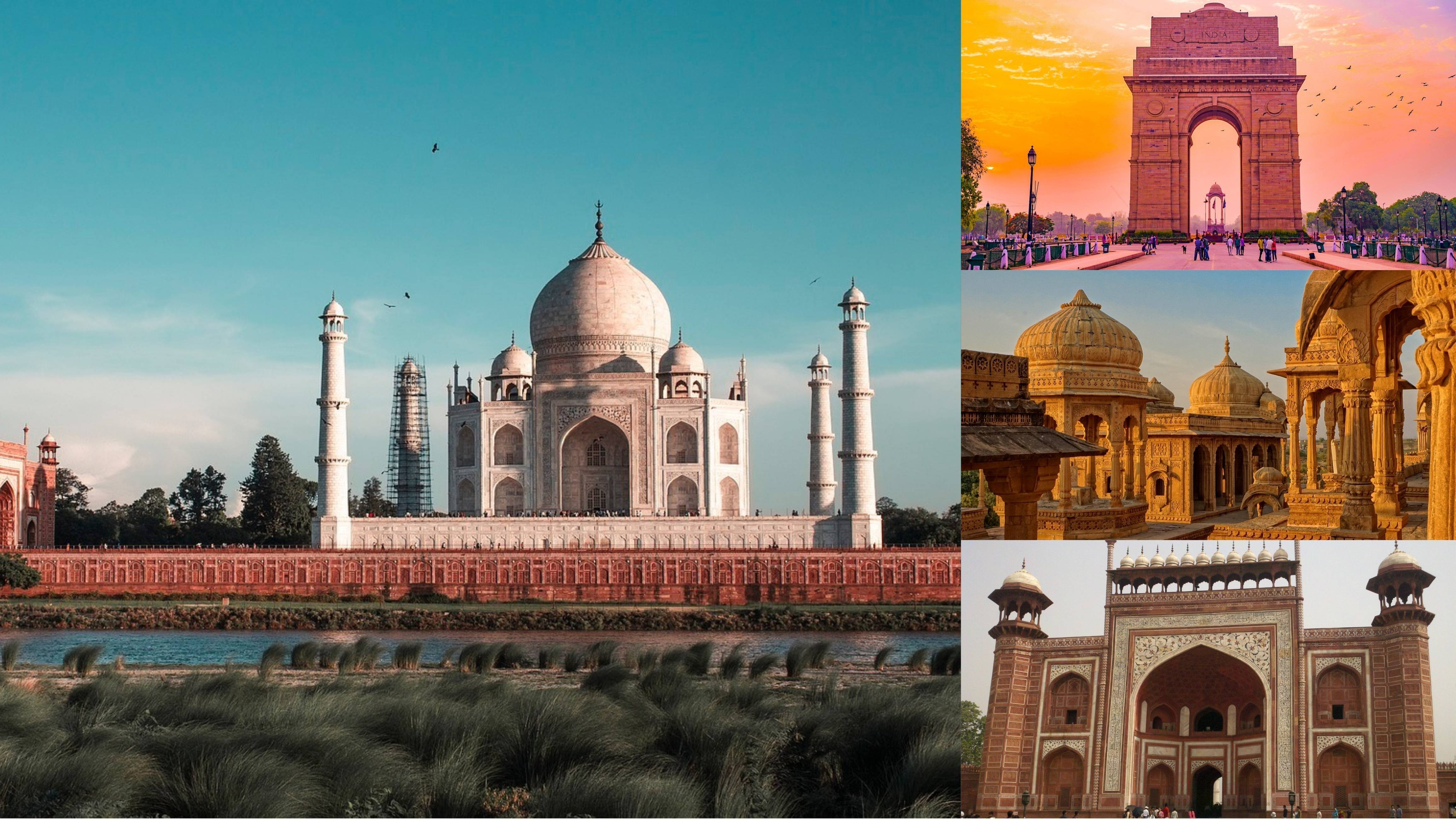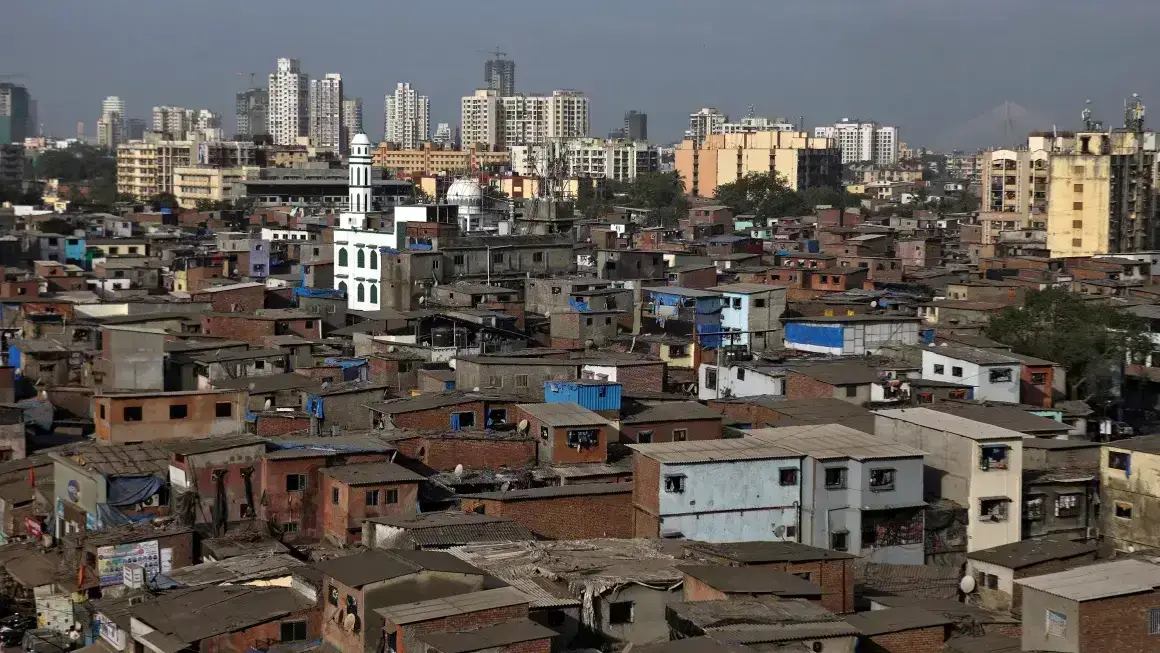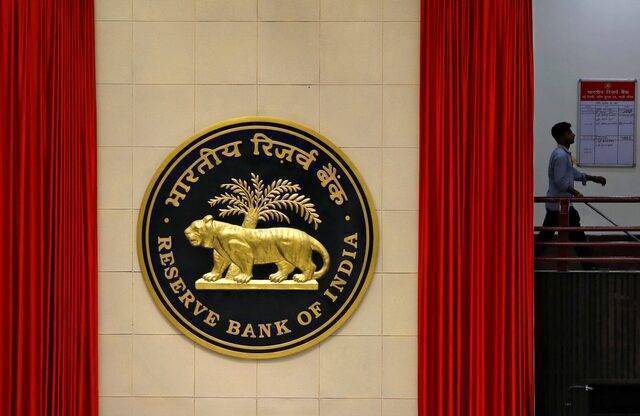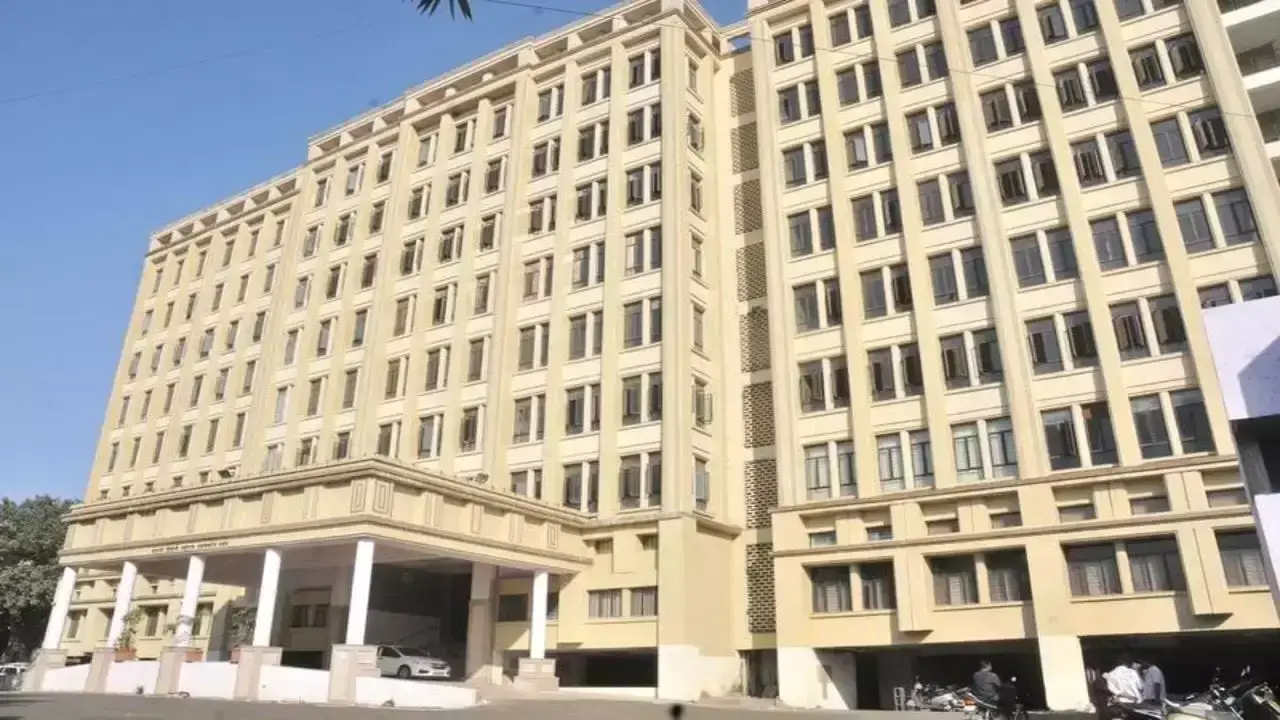The Government of India has sanctioned ₹3,295.76 crore for 40 tourism-related projects under the Scheme for Special Assistance to States/Union Territories for Capital Investment (SASCI). These projects focus on developing tourism infrastructure, improving accessibility, and supporting destination development. The objective is to strengthen India’s tourism sector by enhancing facilities, increasing connectivity, and supporting local economies.
Tourism Promotion and Digital Initiatives
The Ministry of Tourism is implementing various measures to promote India’s tourism sector. These include domestic and international campaigns, participation in promotional events, and digital outreach. The government uses media campaigns, social media promotions, and webinars to highlight India’s cultural, historical, and natural sites. Indian Missions abroad also play a role in promoting India’s tourism destinations to international travelers.
To facilitate tourism promotion, the government has launched the Incredible India Content Hub as part of the revamped Incredible India digital portal. This platform serves as a centralized repository of high-quality images, films, brochures, and newsletters related to tourism in India. It is accessible to tour operators, journalists, researchers, and content creators, providing them with resources to promote Indian tourism more effectively.
Infrastructure Development Through Key Schemes
The Ministry of Tourism provides financial assistance to state governments, union territories, and central agencies to develop tourism infrastructure. This is achieved through schemes such as:
Swadesh Darshan Scheme – This initiative focuses on theme-based tourism circuit development across India. It supports the creation of basic and advanced infrastructure to facilitate tourism in selected destinations. Recently, the scheme has been revised as Swadesh Darshan 2.0, which emphasizes a destination-centric approach with sustainable tourism practices.
PRASHAD Scheme (Pilgrimage Rejuvenation and Spiritual Heritage Augmentation Drive) – This scheme is aimed at improving infrastructure in places of religious and spiritual significance. It funds the construction of amenities such as roads, lighting, sanitation, and tourist information centers in pilgrimage and heritage sites.
Assistance to Central Agencies for Tourism Infrastructure Development – Under this scheme, central government agencies receive financial support to develop tourism-related infrastructure, particularly in areas under their jurisdiction, such as national parks, railway stations, and airports.
Financial Assistance for State and UT Events
Apart from infrastructure development, the government provides financial support to states and union territories for organizing fairs, festivals, and tourism-related events. These events serve as platforms to promote local culture, attract visitors, and create business opportunities for the hospitality and service sectors.
Training and Capacity Building for Tourism Services
The Ministry of Tourism has introduced several initiatives to train professionals and service providers in the tourism industry. These programs aim to enhance the quality of services and ensure that visitors receive well-managed hospitality.
Capacity Building for Service Providers (CBSP) Scheme – This program provides training for individuals working in the tourism and hospitality sectors, such as tour guides, hotel staff, transport operators, and other service providers. The goal is to equip them with skills that improve service standards.
Incredible India Tourist Facilitator (IITF) Certification Programme – This program focuses on training local guides and tourism professionals to provide structured and knowledgeable assistance to visitors. Participants receive certification after completing the required training and assessments.
Improving Connectivity Through Inter-Ministerial Collaboration
To enhance accessibility to key tourist destinations, the Ministry of Tourism is working with other government ministries and agencies to improve transportation infrastructure:
Railways: The Ministry of Tourism is collaborating with the Ministry of Railways to upgrade tourist facilities at 22 railway stations. The objective is to improve passenger amenities and make railway travel more convenient for tourists.
Road Transport and Highways: The Ministry is working with the National Highway Authority of India (NHAI) and the Ministry of Road Transport and Highways to improve road connectivity to major and emerging tourist destinations. This includes widening roads, constructing bypasses, and improving signage.
Civil Aviation: The Ministry of Tourism coordinates with the Ministry of Civil Aviation to enhance air connectivity. Efforts are being made to improve flight access to tourist destinations, particularly in remote or less-developed areas.
Application of Tourism Projects in Different Sectors
The sanctioned projects under the SASCI scheme will be applied across multiple sectors, each contributing to the overall growth of India’s tourism industry.
- Heritage and Cultural Tourism – Funds are allocated for the restoration and preservation of heritage sites, the construction of visitor centers, and the development of cultural hubs in historical locations.
- Pilgrimage and Religious Tourism – Infrastructure improvements are planned for temples, mosques, churches, and other religious sites to accommodate increased footfall and provide better facilities.
- Eco-Tourism and Wildlife Tourism – Several projects focus on developing eco-tourism facilities in national parks, wildlife sanctuaries, and forest reserves. This includes building eco-friendly accommodations, nature trails, and visitor facilities.
- Adventure Tourism – Investments are being made to support adventure tourism activities such as trekking, river rafting, paragliding, and camping. Safety measures and infrastructure are also being improved.
- Coastal and Beach Tourism – The government is working on developing coastal destinations by improving amenities, ensuring environmental protection, and promoting sustainable tourism practices.
- Rural and Village Tourism – Infrastructure projects in rural areas aim to support village tourism by improving road connectivity, sanitation, and accommodations. This is expected to promote local crafts, food, and traditions.
Long-Term Impact of These Investments
The government’s investment in tourism infrastructure and services is expected to generate significant long-term benefits. Strengthening connectivity through improved roads, railways, and air links will make travel more convenient, encouraging both domestic and international tourists to explore a wider range of destinations. Economic growth is anticipated through increased employment opportunities in the tourism and hospitality sectors, supporting local businesses, artisans, and service providers. Enhanced infrastructure, including upgraded heritage sites, religious centers, eco-tourism facilities, and adventure tourism hubs, will improve visitor experiences and contribute to repeat tourism. Additionally, capacity-building programs will ensure a skilled workforce capable of delivering high-quality services, further enhancing India’s reputation as a tourist-friendly destination.
Sustainable tourism practices incorporated into the new projects will help balance economic growth with environmental conservation, preserving cultural and natural heritage for future generations. These initiatives collectively position India as a competitive global tourism destination while contributing to long-term economic and social development.
By focusing on infrastructure development, skill enhancement, and multi-sectoral collaboration, the government aims to strengthen India's position as a competitive global tourism destination. These initiatives are designed to support long-term economic growth while ensuring that tourism remains a significant contributor to India's development.









.png)